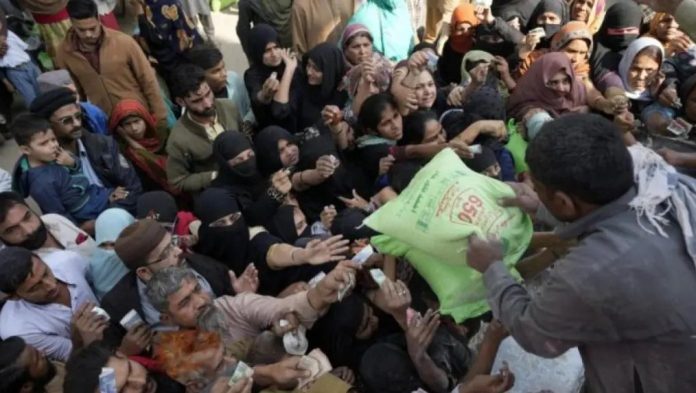Not too far on the heels of the Sri Lankan crisis, India’s other neighbour, Pakistan, are now in the doldrums. The difference between the two is that while in Sri Lanka the crisis was primarily economic, through nepotism, mismanagement and corruption, for Pakistan a terrorist-host nation, it has been its terror funding dues that have come home to roost. The country is being sucked down in a vortex for the last several months, and with historically highest inflation rates, rising energy prices, depreciation of the Pakistani Rupee, the country is a basket case.
On January 9 the price of the US dollar (USD) approached the high of 240 Pakistani rupees (PKR) that was witnessed last September. Pakistan’s largest currency rates portal, forex.pk, placed the USD purchase rate at PKR 236.5.
With the massive increases in gas and electricity bills, the prices of daily necessities have also increased. The rise in fuel prices, combined with overall inflation, has become uncontrollable, and life has become miserable for common citizens. The market price of a kilo of onions has reached 240 rupees, or around $1.
On the other hand, in an attempt to avoid an energy crisis, the government has decided on the early closure of markets, malls, and wedding halls, in hopes this will revive the economy. Pakistan’s defence minister Khawaja Muhammad Asif announced to the media last Tuesday: “The markets and malls will now close at 8:30 pm, while the wedding halls in Pakistan will close by 10 pm. The measure will save us 60 billion rupees.”
Pakistan is dealing with what is considered the worst phase of political and economic chaos since former Prime Minister Imran Khan was removed from power in April 2022 by a legislative vote on a no-confidence motion.
Meanwhile, finance minister Ishaq Dar said during a televised interview on January 8 that “Pakistan has $10 billion in foreign exchange reserves. We are paying the debt due to Pakistan on time, while the $6 billion in commercial banks also belong to Pakistan.”




















